African Union
The African Union's Continental AI Strategy sets the stage for a unified approach to AI governance across the continent.

Artificial intelligence (AI) has made enormous strides in recent years and has increasingly moved into the public consciousness.
Subscribe
We encourage you to subscribe to receive AI-related updates.
Explore Trendscape Our take on the interconnected global trends that are shaping the business climate for our clients.
Increases in computational power, coupled with advances in machine learning, have fueled the rapid rise of AI. This has brought enormous opportunities, as new AI applications have given rise to new ways of doing business. It has also brought potential risks, from unintended impacts on individuals (e.g., AI errors harming an individual's credit score or public reputation) to the risk of misuse of AI by malicious third parties (e.g., by manipulating AI systems to produce inaccurate or misleading output, or by using AI to create deepfakes).
Governments and regulatory bodies around the world have had to act quickly to try to ensure that their regulatory frameworks do not become obsolete. In addition, international organizations such as the G7, the UN, the Council of Europe and the OECD have responded to this technological shift by issuing their own AI frameworks. But they are all scrambling to stay abreast of technological developments, and already there are signs that emerging efforts to regulate AI will struggle to keep pace. In an effort to introduce some degree of international consensus, the UK government organized the first global AI Safety Summit in November 2023, with the aim of encouraging the safe and responsible development of AI around the world. The EU is also implementing the first comprehensive horizontal legal framework for the regulation of AI systems across EU Member States (the EU AI Act is addressed in more detail here: AI watch: Global regulatory tracker - European Union, and you can read our EU AI Act Handbook here).
Most jurisdictions have sought to strike a balance between encouraging AI innovation and investment, while at the same time attempting to create rules to protect against possible harms. However, jurisdictions around the world have taken substantially different approaches to achieving these goals, which has in turn increased the risk that businesses face from a fragmented and inconsistent AI regulatory environment. Nevertheless, certain trends are becoming clearer at this stage:
Businesses in almost all sectors need to keep a close eye on these developments to ensure that they are aware of the AI regulations and forthcoming trends, in order to identify new opportunities and new potential business risks. But even at this early stage, the inconsistent approaches each jurisdiction has taken to the core questions of how to regulate AI is clear. As a result, it appears that international businesses may face substantially different AI regulatory compliance challenges in different parts of the world. To that end, this AI Tracker is designed to provide businesses with an understanding of the state of play of AI regulations in the core markets in which they operate. It provides analysis of the approach that each jurisdiction has taken to AI regulation and provides helpful commentary on the likely direction of travel.
Because global AI regulations remain in a constant state of flux, this AI Tracker will develop over time, adding updates and new jurisdictions when appropriate. Stay tuned, as we continue to provide insights to help businesses navigate these ever-evolving issues.
The African Union's Continental AI Strategy sets the stage for a unified approach to AI governance across the continent.

Voluntary AI Ethics Principles guide responsible AI development in Australia, with potential reforms under consideration.

The enactment of Brazil's proposed AI Regulation remains uncertain with compliance requirements pending review.

AIDA expected to regulate AI at the federal level in Canada but provincial legislatures have yet to be introduced.

The Interim AI Measures is China's first specific, administrative regulation on the management of generative AI services.

Despite congressional activity on AI in Colombia, regulation remains unclear and uncertain.

The Council of Europe is developing a new Convention on AI to safeguard human rights, democracy, and the rule of law in the digital space covering governance, accountability and risk assessment.
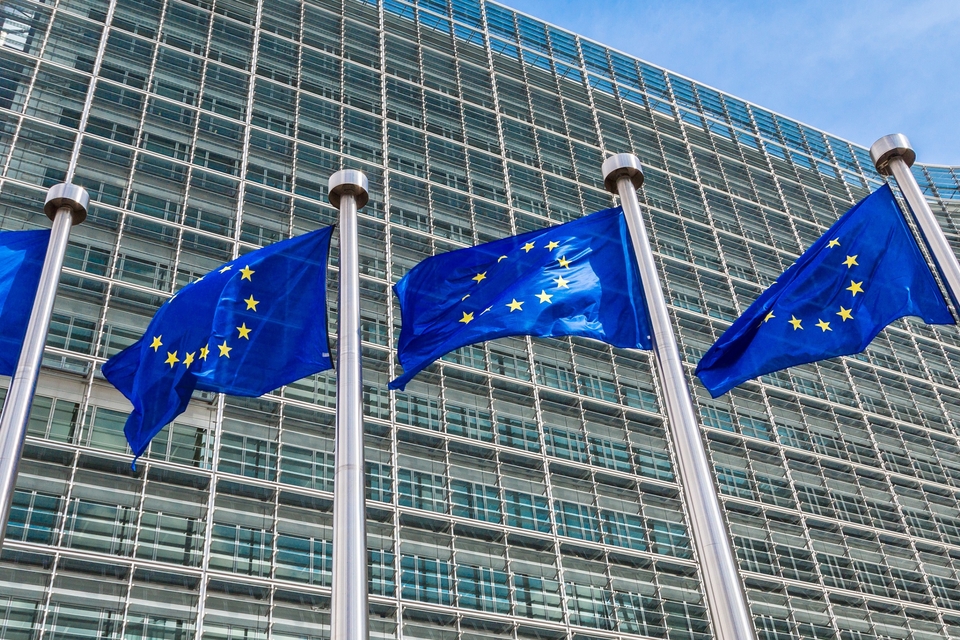
The successful implementation of the EU AI Act into national law is the primary focus for the Czech Republic, with its National AI Strategy being the main policy document.

The EU introduces the pioneering EU AI Act, aiming to become a global hub for human-centric, trustworthy AI.
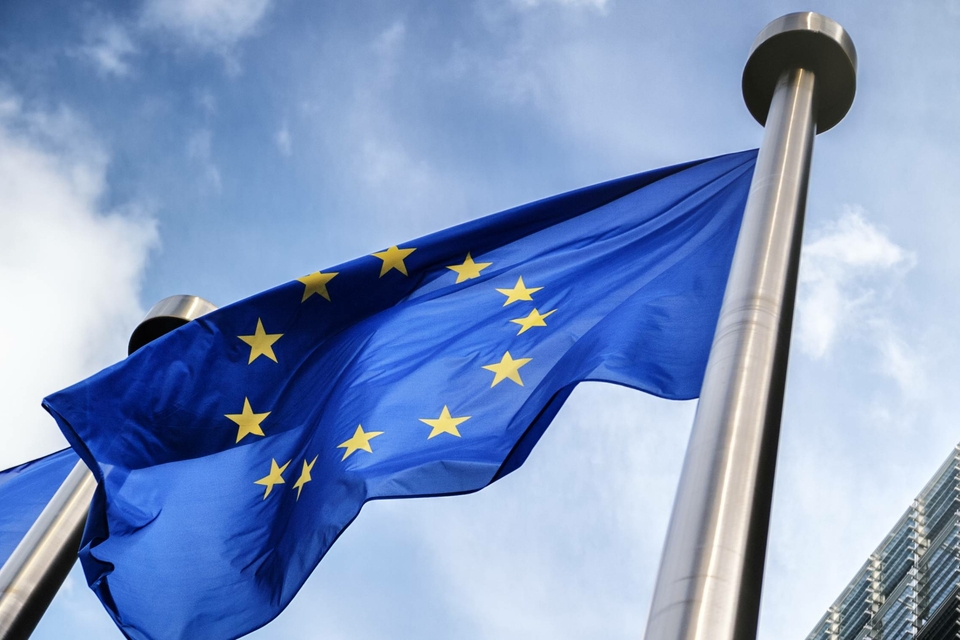
France actively participates in international efforts and proposes sector-specific laws.

The G7's AI regulations mandate Member States' compliance with international human rights law and relevant international frameworks.
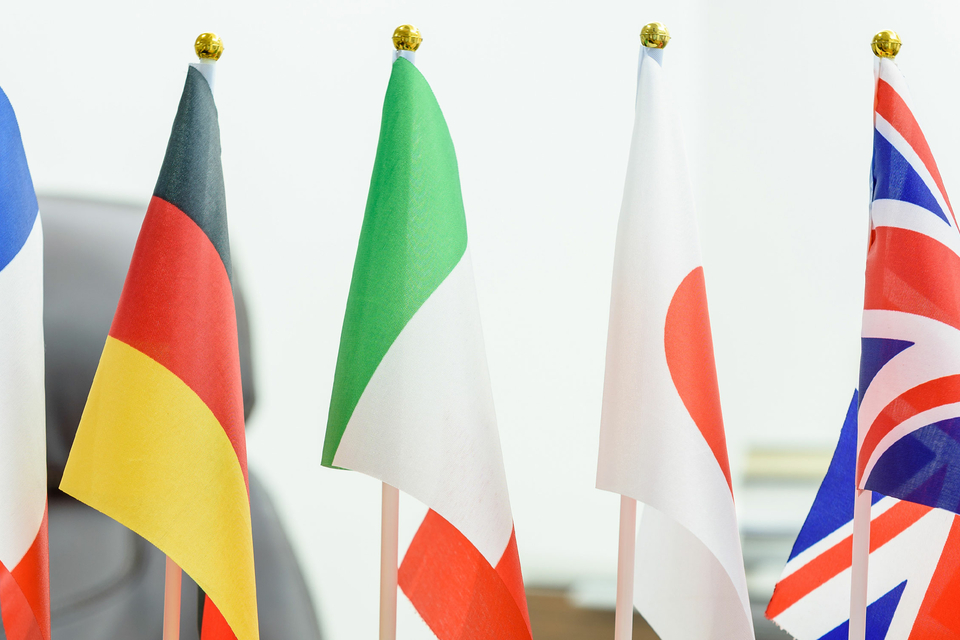
Germany evaluates AI-specific legislation needs and actively engages in international initiatives.

Hong Kong lacks comprehensive AI legislative framework but is developing sector-specific guidelines and regulations, and investing in AI.

National frameworks inform India’s approach to AI regulation, with sector-specific initiatives in finance and health sectors.

Israel promotes responsible AI innovation through policy and sector-specific guidelines to address core issues and ethical principles.


Japan adopts a soft law approach to AI governance but lawmakers advance proposal for a hard law approach for certain harms.

Kenya's National AI Strategy and Code of Practice expected to set foundation of AI regulation once finalized.

Nigeria's draft National AI Policy underway and will pave the way for a comprehensive national AI strategy.

Position paper informs Norwegian approach to AI, with sector-specific legislative amendments to regulate developments in AI.

The OECD's AI recommendations encourage Member States to uphold principles of trustworthy AI.
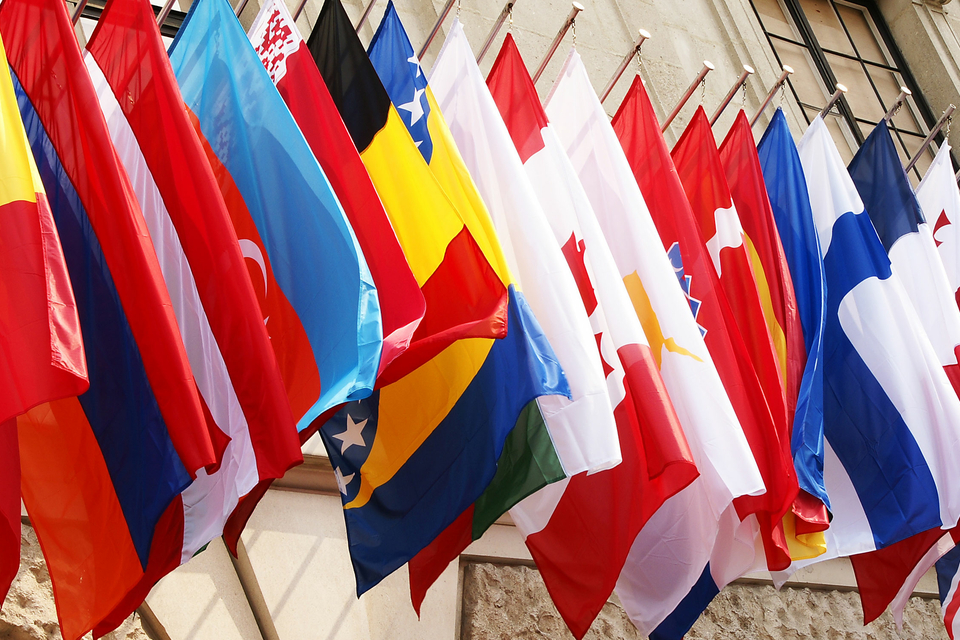
Saudi Arabia is yet to enact AI Regulations, relying on guidelines to establish practice standards and general principles.

Singapore's AI frameworks guide AI ethical and governance principles, with existing sector-specific regulations addressing AI risks.

South Africa is yet to announce any AI regulation proposals but is in the process of obtaining inputs for a draft National AI plan.

South Korea's AI Act has been promulgated as the fundamental body of law governing AI.

Spain creates Europe's first AI supervisory agency and actively participates in EU AI Act negotiations.

Switzerland's National AI Strategy sets out guidelines for the use of AI, and aims to finalize an AI regulatory proposal in 2025.

Draft laws and guidelines are under consideration in Taiwan, with sector-specific initiatives already in place.

Turkey has published multiple guidelines on the use of AI in various sectors, with a bill for AI regulation now in the legislative process.

Mainland UAE has published an array of decrees and guidelines regarding regulation of AI, while the ADGM and DIFC free zones each rely on amendments to existing data protection laws to regulate AI.

The UK prioritizes a flexible framework over comprehensive regulation and emphasizes sector-specific laws.

The UN's AI resolutions encourage Member States to adopt national rules to establish safe, secure and trustworthy AI systems and create forums to advance global cooperation, scientific understanding, and share best practices.
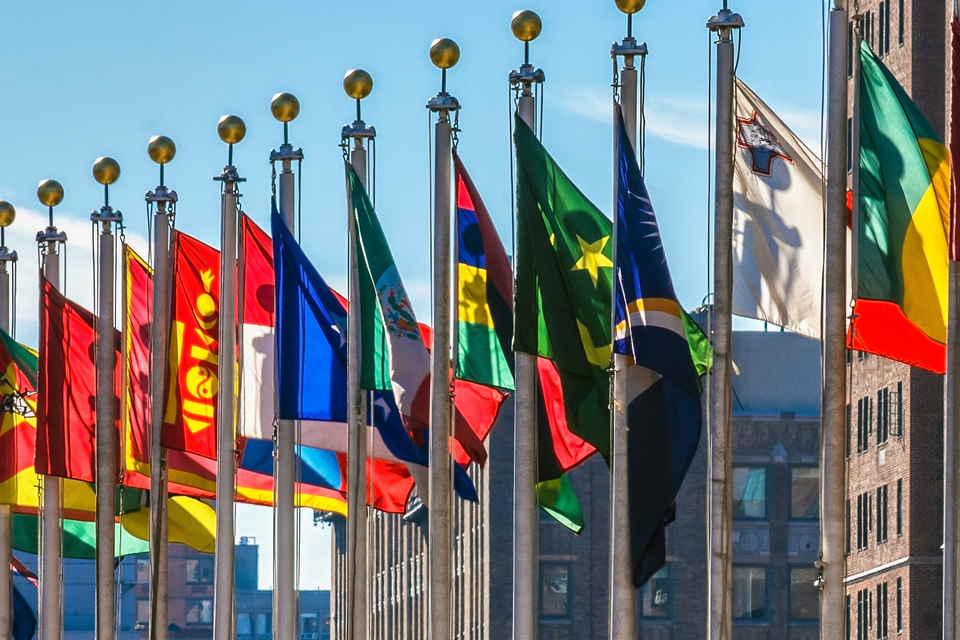
The US relies on existing federal laws and guidelines to regulate AI but aims to introduce AI legislation and a federal regulation authority.


Germany evaluates AI-specific legislation needs and actively engages in international initiatives.
Currently, with the exception of minor references to AI in German labor law (discussed further below) relating to works councils, there are no specific laws, statutory rules, or regulations in Germany that directly regulate AI.
Germany is not expected to enact its own comprehensive AI legislation because (as for all EU Member States) the EU AI Act is expected to fulfill this function. Germany will need to bring in legislation that implements the EU AI Act, but is yet to do so.
On December 4, 2024, a first draft of the "KI Market Surveillance Act" ("KIMÜG") was published. The KIMÜG is intended to implement the EU AI Act and will likely be enacted by the new German Federal Government in the latter half of 2025.1
With a legislative amendment in mid-2021, a reference to AI was included in three provisions of the German Works Constitution Act (Betriebsverfassungsgesetz; see Section 80(3), Section 90(1) No.3 and Section 95(2a) Works Constitution Act).2 The provisions include, inter alia, a right to information for works councils if AI is to be used in the workplace and facilitate the consultation of an expert by works councils related to the introduction or use of AI. The novel references to AI in the German Works Constitution Act can be regarded as fairly narrow in scope and should not materially change the German labor law regime.
The EU AI Act is addressed separately here: AI watch: Global regulatory tracker - European Union, and our EU AI Act Handbook is available here.
Chapters I and II of the EU AI Act, which lay down scope and definitions (Chapter I) and prohibit certain AI practices (Chapter II), have been in effect since February 2, 2025 (Art.113). Therefore, these provisions are directly applicable in Germany.3 The EU AI Act will be fully effective as of August, 2 2026.
At present, there are no specific laws or regulations in Germany that directly regulate AI, except for those noted above.
To date, Germany has not enacted either any legislation to implement the EU AI Act. Some of the key implementation requirements include: the establishment of a system of market surveillance authorities by August 2, 2025 (Art.70(1), (2)), the establishment of AI sandboxes (Art.57 (1)) and the development of a framework of enforcement (Art.99).
As stated above, in December 2024, the Federal Ministry for Economic Affairs and Climate Action and the Federal Ministry of Justice jointly published an initial draft bill for the KIMÜG.4 However, due to the change in government the draft bill has not advanced, and it remains unclear whether the new administration will continue to work on it.
The new German government has committed to significantly strengthening and investing in AI as a "key infrastructure."5 One of its main tasks will be the implementation of the EU AI Act. According to the newly established Federal Ministry for Digitalization and State Modernization, the implementation of the EU AI Act will be "innovation-friendly" – aiming to avoid excessive bureaucracy and ensure coordinated market supervision.6
Additionally, the coalition has announced plans to assess whether the European liability framework for AI should be revised.7 The new government has also expressed an intention to expand the role of AI across various sectors, including the labor market, public administration, education, defense and even culture.
There are various laws that do not directly seek to regulate AI but may affect the development or use of AI in Germany. A non-exhaustive list of key examples includes:
Chapter I of the EU AI Act, which sets out key definitions, has been effective since February 2025. Therefore, the definition of an "AI system" in Art.3(1) is directly applicable in Germany and expected to be applied widely.
For example, the previous German Federal Data Protection Commissioner had adopted this definition for use in guidelines on data protection and AI for federal security authorities, both of which are not covered by the EU AI Act.8
Art.2 of the EU AI Act, which outlines the territorial scope of the Act, has been effective since February 2025, and is therefore applicable in Germany.
There are no further specific laws or regulations in Germany that directly regulate AI, other than minor references to AI in German labor law that concern works councils in certain companies that maintain operations in Germany. Beyond that, there is no specific territorial scope at this stage.
The EU AI Act is not limited to specific sectors. Thus, the provisions of the Act already in effect in Germany apply to all sectors.
Other than those discussed above, there are currently no specific laws or regulations in Germany that directly regulate AI. Therefore, there is no further sectoral scope at this stage.
For the provisions of the EU AI Act already in effect, the compliance roles of the Act set out in Art.2(1) and Art.3 (3-8) apply. These provisions apply to the entirety of the AI value chain, ranging from providers and product manufacturers of AI systems to affected persons by AI systems.
As discussed, the provisions of Chapter I and II of the EU AI Act are applicable in Germany. The EU AI Act intends to balance the promotion of AI systems while safeguarding health, safety, fundamental rights, democracy, and the rule of law (see Art.1(1)). National implementation measures will have to adhere to those principles.
There are currently no additional specific laws or regulations in Germany that directly regulate AI, other than the minor references to AI in German labor law concerning works councils.
Germany's Independent Federal Anti-Discrimination Commissioner has in the past highlighted discrimination risks posed by AI systems as a core issue, and called for improved statutory protections.9 The German Conference of Independent Data Protection Authorities has urged the new German government to ensure consistent and robust data protection in the development of AI.10
Discrimination and data protection issues are also addressed by the 2018 National AI Strategy and its 2020 Update.11 There have been political discussions about enacting a German national law on employee data protection (in addition to the EU GDPR), which would contain dedicated provisions on AI. However, it remains unclear whether such a law will be passed.
Both the 2018 National AI Strategy and its 2020 Update emphasize that the development and use of AI must be based on human rights and fundamental rights. They identify IT and cyber security, product safety, transparency and the availability and quality of data as further key issues. The 2023 AI Action Plan stresses that a balance must be struck between regulating AI risks and over-regulation, which could inhibit innovation and result in unexploited potential.12
The EU AI Act introduces its own system of risk categorization. Art.5 of the EU AI Act, which has been effective since February 2, 2025, prohibits certain AI practices altogether. For example, AI systems that are used to manipulate the behavior of natural persons or evaluate and classify personal behavior.
There are currently no additional laws or regulations in Germany that directly regulate AI, other than the minor references to AI in German labor law concerning works councils. These provisions do not set out an AI-related risk categorization.
As noted above certain AI practices are prohibited under Art.5 of the EU AI Act, which is directly applicable in Germany since February 2025. Compliance obligations, and the penalties for non-compliance are not in effect yet.
There are currently no additional specific laws or regulations in Germany that directly regulate AI, other than the minor references to AI in German labor law concerning works councils.
The formation of the new German federal government has also brought changes to the actors involved in AI regulation at the federal level. As the government is still in the early stages of its work, final responsibilities are yet to be determined. Relevant actors include:
As noted above, there are currently ongoing discussions as to which authority will be designated the competent market surveillance authority under the EU AI Act. According to Art.70 (1) Member States have to designate at least one market surveillance and one notifying authority by August 2, 2025.
The KIMÜG of the former German government proposed that the authorities who are responsible for market surveillance and notification in fully harmonized areas of product regulation, should also assume these roles under the AI Act. In areas without existing structures, the Federal Network Agency would serve as both the market surveillance and notifying authority.13
The new German government has pledged to avoiding a "splintering of market surveillance".14 Although the proposed system of market surveillance designates the Federal Network Agency as the central authority, the proposed regulation would lead to a variety of existing market surveillance agencies having responsibility.15
Regulators at the level of the German states have also been dealing with AI and every German state has published at least one AI-related document.16
As noted above, there are currently no specific laws or regulations in Germany that directly regulate AI, other than the minor references to AI in German labor law concerning works councils. As such, enforcement and penalties relating to the creation, dissemination and/or use of AI are governed by: (i) the EU AI Act; and (ii) related violations in non-AI specific regulation. The detail of the EU AI Act is not discussed here.
1 See the draft bill available here.
2 An English translation of the Works Constitution Act is available here.
3 See also an announcement of the German government available here.
4 See the draft bill available here.
5 See page 70 of the Coalition Agreement available here.
6 See the website of the newly founded Federal Ministry of Digitalization and State Modernization available here.
7 See page 70 of the Coalition Agreement available here.
8 See page 5 of the Guidelines available here.
9 See Germany's Independent Federal Anti-Discrimination Commissioner’s comments available here.
10 See Press Release available here.
11 The 2018 National AI Strategy is available here; the 2020 Update is available here; and the 2023 AI Action Plan is available here.
12 The 2018 National AI Strategy is available here; the 2020 Update is available here; and the 2023 AI Action Plan is available here.
13 See §§ 2 and 7 of the draft bill available here.
14 See page 70 of the Coalition Agreement available here.
15 An article by Tagesspiegel Background on this issue is available here.
16 See an article on the Digital Society Blog of the Alexander von Humboldt Institute for Internet and Society (HIIG), available here.
White & Case means the international legal practice comprising White & Case LLP, a New York State registered limited liability partnership, White & Case LLP, a limited liability partnership incorporated under English law and all other affiliated partnerships, companies and entities.
This article is prepared for the general information of interested persons. It is not, and does not attempt to be, comprehensive in nature. Due to the general nature of its content, it should not be regarded as legal advice.
© 2025 White & Case LLP
Annkathrin Lindert (Legal Intern, White & Case, Berlin) contributed to this publication.